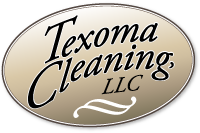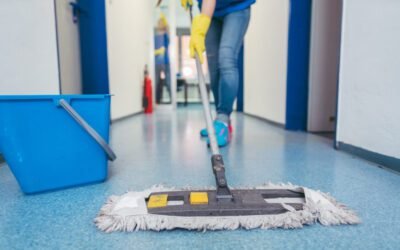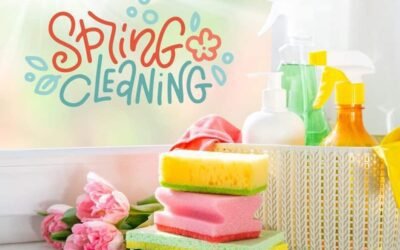At Texoma Cleaning, we know that keeping your place of business clean is a top priority. It serves to make a good first impression to visitors, keeps employees productive, and prevents the spread of germs. If you are looking to hire a local cleaning service for your...
Cleaning News
Benefits Of Commercial Office Cleaning Services
Maintaining a clean office is not just about aesthetics; it’s about creating a productive, healthy, and professional environment. Commercial office cleaning services ensure office spaces are visually appealing, germ-free, and clutter-free. Importance of a Clean Office...
Why Commercial Janitorial Services Are So Important
Cleanliness is vital to our health, safety, comfort, and overall well-being. It fosters order and efficiency, making homes more livable and workplaces more productive. These factors become even more critical in commercial settings. This article explains why commercial...
Texoma Cleaning Janitorial Services
25 Years Experience In Commercial Cleaning A consistently clean facility means people meet you the first time and leave with a good impression. Good first impressions are always a great way to conduct business. Clean, well-kept facilities do enhance your corporate...
Sanitation In High Traffic Facilities
Infection Control Is Possible While most reputable business owners do have a regular maintenance plans in place, germs lurk around every public setting you visit. Grocery store carts, counter tops, chairs at the coffee shop, door handles at banks, and public restrooms...
It’s Spring Cleaning Time!
Begin Spring Safe & Clean Can anything be more satisfying than having your home, office, school, or facility cleaned to begin the year. I guess you can say it's one of those things we call a rite that continues to begin the year on the best foot forward. Enjoying...







